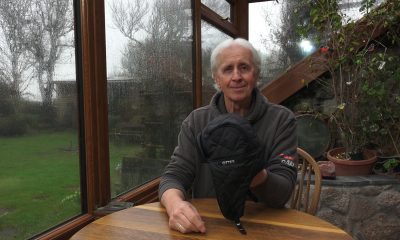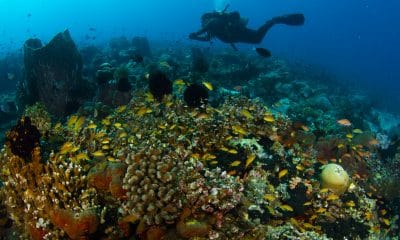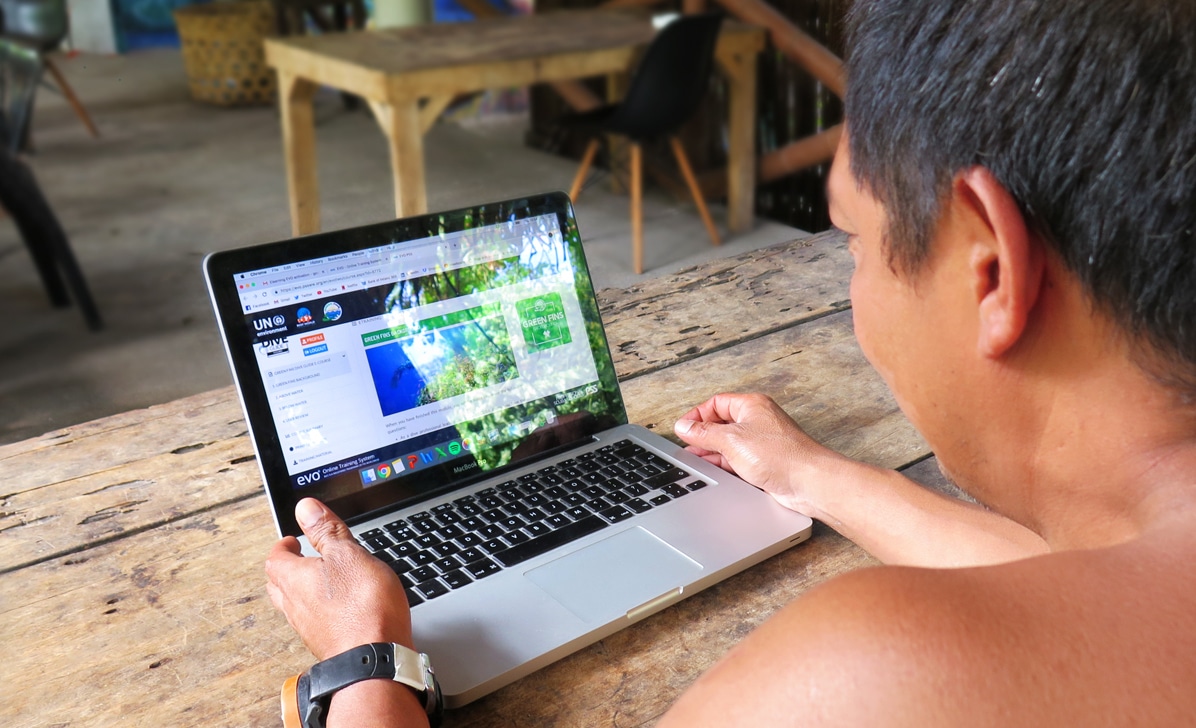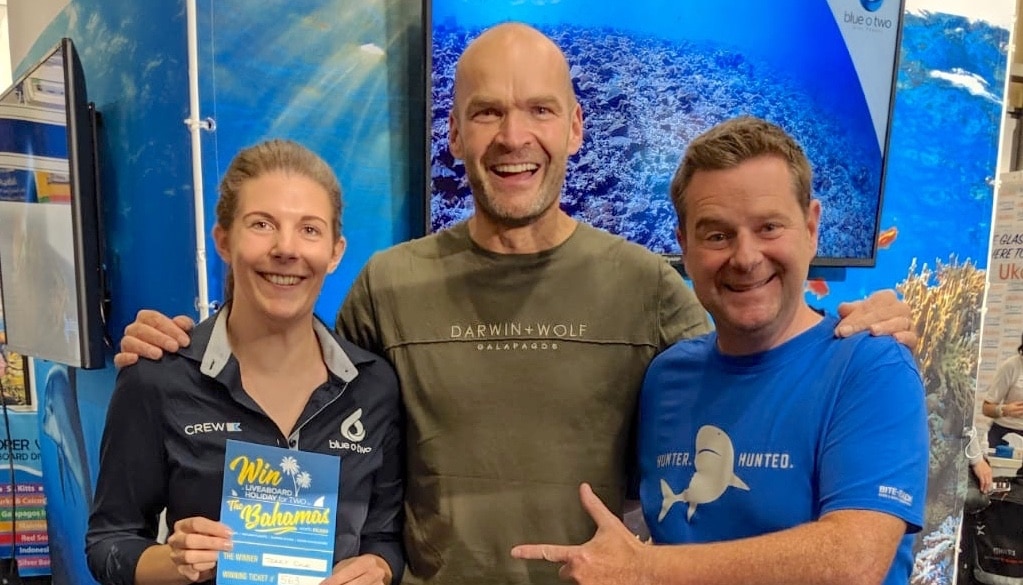News
The 2015 Georgia Williams Diving Scholar announced
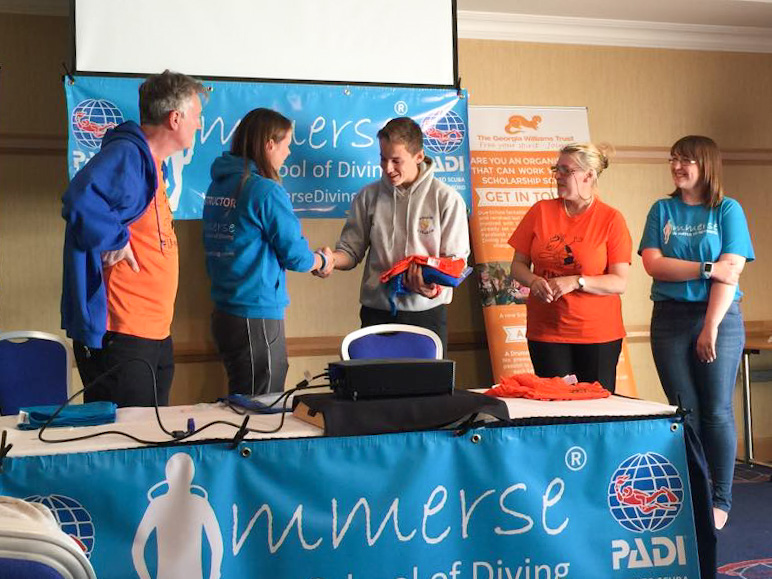
After a campaign to find a special young person with a spirit of adventure, Immerse School of Diving have announced the 2015 Georgia Williams Diving Scholar.
Tom Edwards, aged 15 and from Wrekin College in Telford, was awarded the 2015 Georgia Williams Diving Scholarship after an arduous application process that showed his incredible passion for underwater conservation.
Tom submitted a clear application, and explained his interest for shark conservation during a lightning round of interviews with Steve Williams from the Georgia Williams Trust, Tony and Jo Flack from Immerse School of Diving, and last year’s Scholar Lois Adams and her family.
As the 2015 Georgia Williams Diving Scholar, Tom will have the chance to pursue an interest in the underwater World, and in turn to enable other young people to have access to scuba diving activities. Tom will embark on a training programme to attain the prestigious PADI Master Scuba Diver rating with Immerse School of Diving in Telford. In addition, Tom will experience a range of scuba diving experiences tailored to his interest in shark conservation, and will have a chance to meet some of the leading names within the scuba diving industry. Tom will also fulfil an advocacy role for the Trust, and will be responsible for raising awareness of the work of the Trust and its aims amongst young people in the Borough.
“When Steve announced that I was the Georgia Williams Diving Scholar for 2015, I felt an immediate adrenaline rush! I’ve wanted to get involved with marine biology for a number of years now, and Immerse School of Diving and the Georgia Williams Trust has provided a spectacular opportunity which will push me towards my dream,” says Tom Edwards.
But in a surprise moment, Steve Williams of the Trust also announced that the two runners-up in this year’s Scholarship selection would also be supported by the Trust to follow their underwater ambitions.
Through the application process Alix Tomlinson, 11 and of Crudgington Primary School, demonstrated a keen interest in learning to scuba dive which started when she saw divers returning from a dive with seals whilst on holiday. Alix was awarded a PADI Open Water Diver course to learn to dive with Immerse School of Diving.
George Ellison, 12, of Thomas Telford School, was shortlisted for the second year in the row, showing great tenacity. George has a continued interest in pursuing a career as a marine biologist, and as a qualified diver received a full set of diving equipment to allow him to dive more often and gain important diving experience with the School’s dive club, Club Immerse.
The annual Scholarship is jointly funded by The Georgia Williams Trust and Immerse School of Diving. The Georgia Williams Diving Scholarship is also supported by BBC television presenter Monty Halls and dry suit manufacturer Otter Watersports.
“We are so pleased to have not one, but three remarkable young people for this year’s Scholarship programme. Tom already has a great understanding of, and a passion for underwater conservation and a clear aim for his Scholarship year. We are excited about the amazing opportunity this presents for Tom, and believe that he will make the very most of it. For us to be help Alix become a scuba diver at only 11 years of age, and to see George take his passion for scuba diving further really is a privilege and the icing on the cake for the School and all of our divers,” said Tony Flack, Owner and Instructor, Immerse School of Diving.
For further information visit www.immersediving.com/the-georgia-williams-youth-diving-programme or contact Immerse School of Diving by emailing info@immersediving.com. To follow Tom’s adventures as the 2015 Georgia Williams Diving Scholar, you can also follow his very own Facebook page here.
Blogs
TRAVEL BLOG: Jeff Goodman Dives SOMABAY, Part 3

Today we are diving one of the outer reefs from an inflatable. As we reach the bottom, a reef octopus eases its way into the cover of a small crack in the coral while displaying it’s incredible ability to change colour. They are arguably one of the most charismatic of reef dwellers and it is always exciting for me to simply hover and watch. I would have spent longer and waited for it to come and investigate me, but as dive time is limited we wanted to move on and find a turtle.
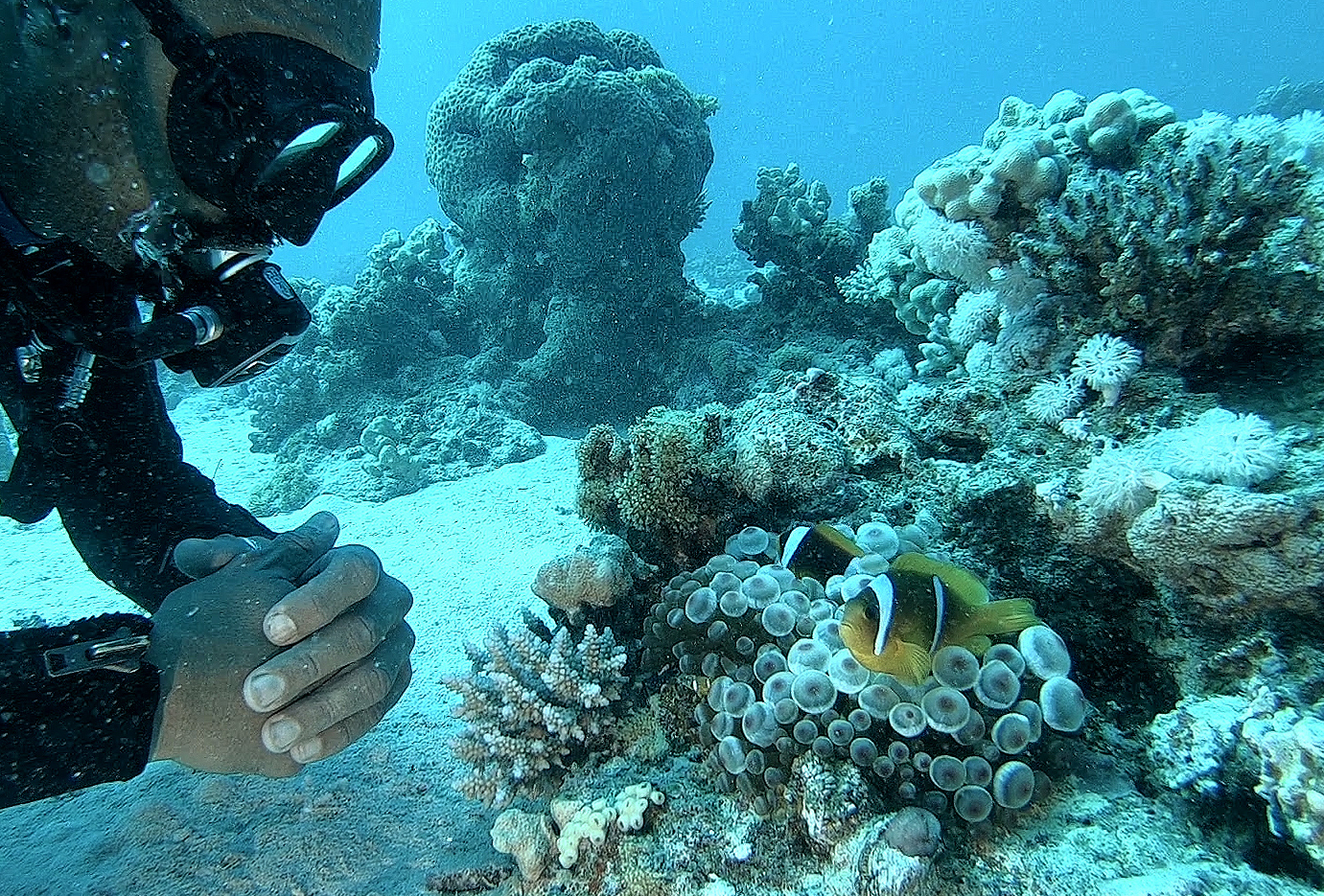
The waters around Somabay are well protected and hold a rich variety of marine life. The reef edges are thriving colonies of coral and shoaling fish, while nearer the sea bed plenty of wildlife is still to be found.
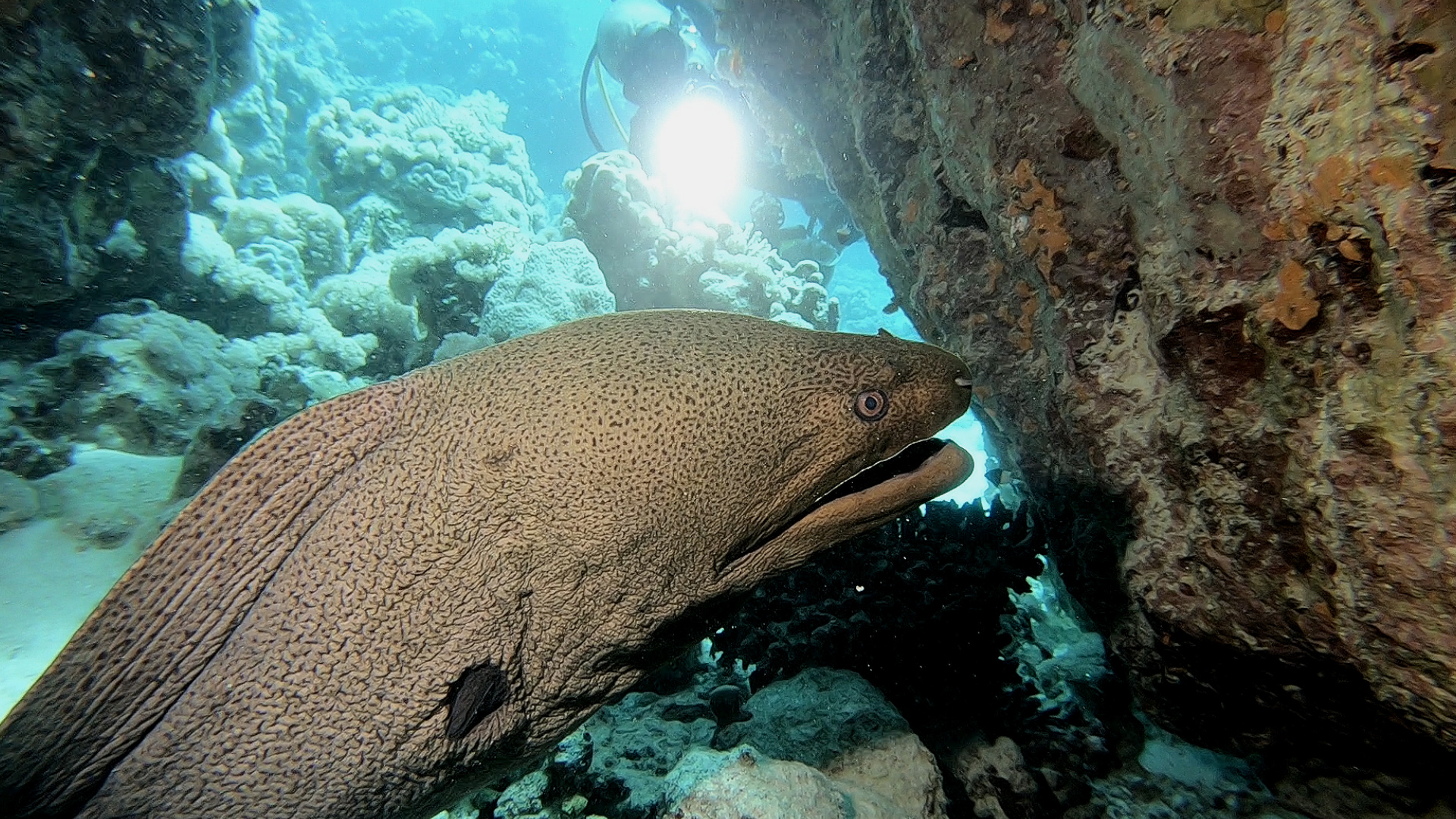
Then we located the turtles. They are very used to divers and so show little concern when slowly approached. In fact occasionally one will come over to see what you are doing. There is always huge excitement when diving with a turtle. The shear thrill of sharing a moment with another species.
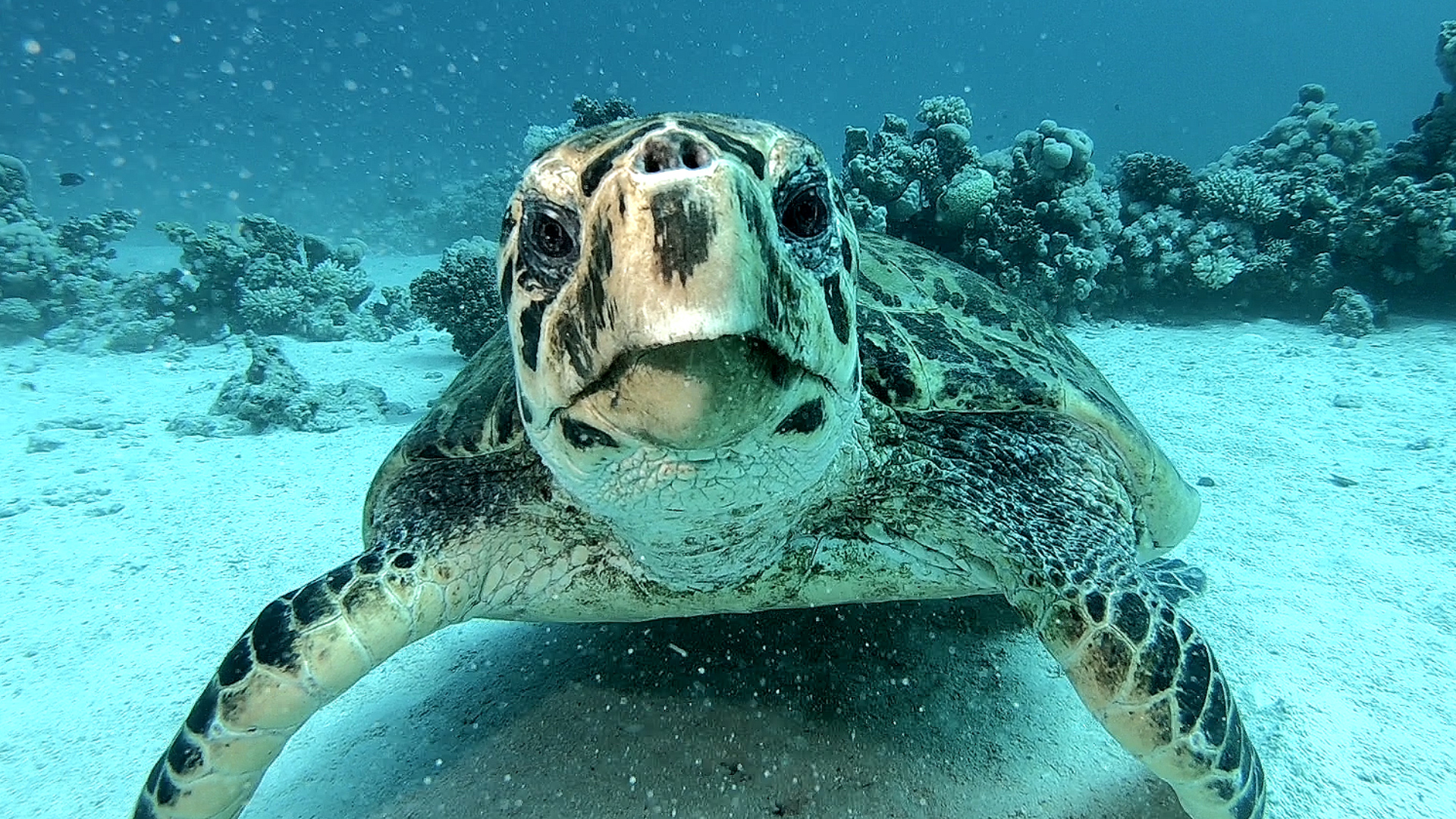
What a fantastic way to finish a wonderful few days diving and I would like to thank SOMABAY, ORCA DIVING and THE BREAKERS for making my stay such a good one.
I had a great time, with diving everyday either on the house reef or on one of the offshore reefs by inflatable or larger day boat. Orca diving provided high quality equipment and facilities while the staff were all very friendly and welcoming. The Breakers was right on the coast with nice rooms, good food and once again friendly staff making the whole trip a real pleasure.

Soma Bay covers an entire peninsula and is home to several resorts as well as residential compounds.
As well as scuba diving, Somabay caters for many other sports and activities, and so is perfect for families as well as individuals and/or groups. And of course there is always time to lay peacefully on the beach under the Egyptian sun.
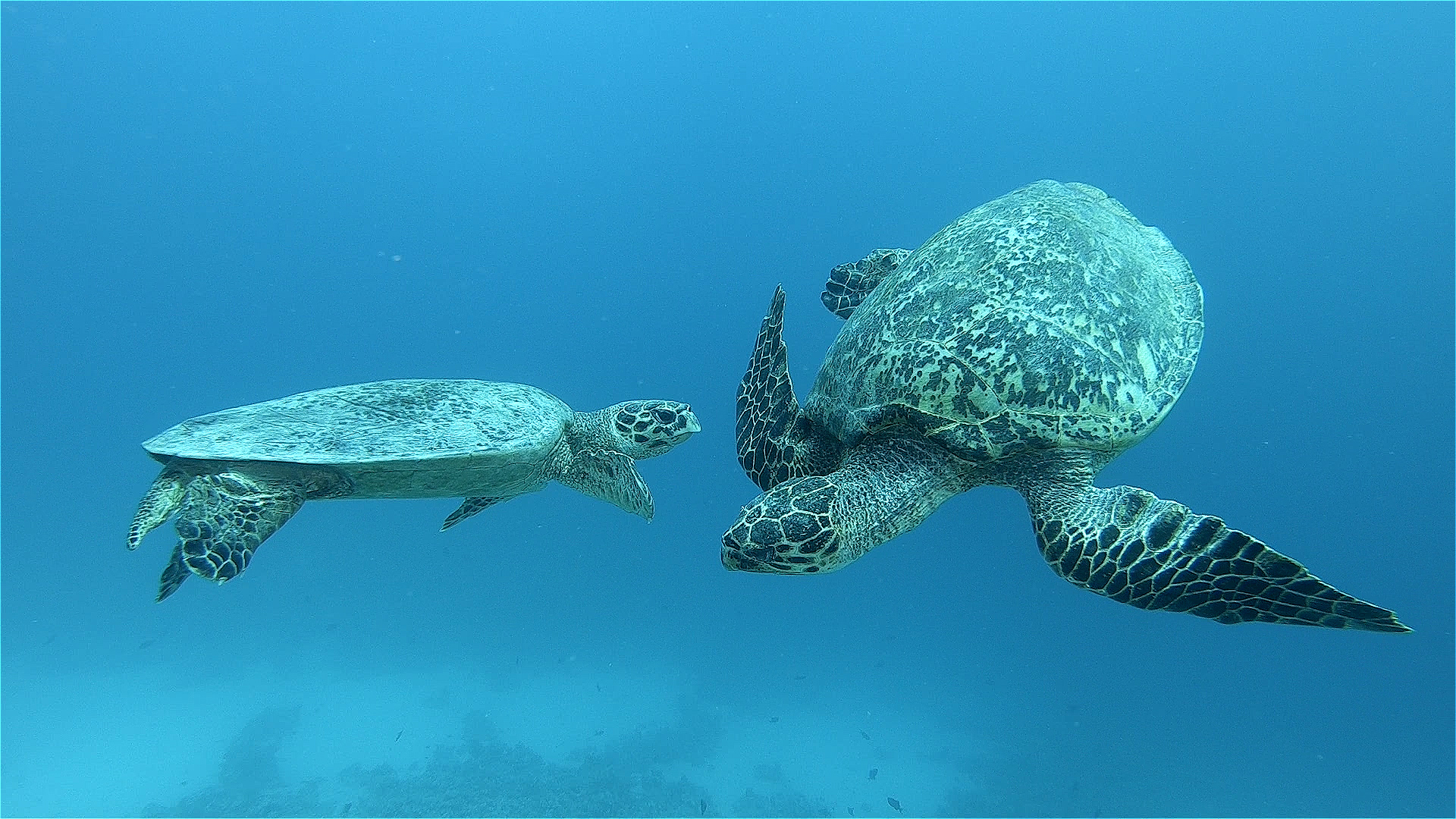
Book your next Red Sea dive adventure with SOMABAY! For more information, visit www.somabay.com.
Stay at the Breakers Diving & Surfing Lodge when you visit! For more information, visit www.thebreakers-somabay.com.
Find out more about ORCA Dive Clubs at SOMABAY at www.orca-diveclubs.com/en/soma-bay-en.
Blogs
TRAVEL BLOG: Jeff Goodman Dives SOMABAY, Part 2
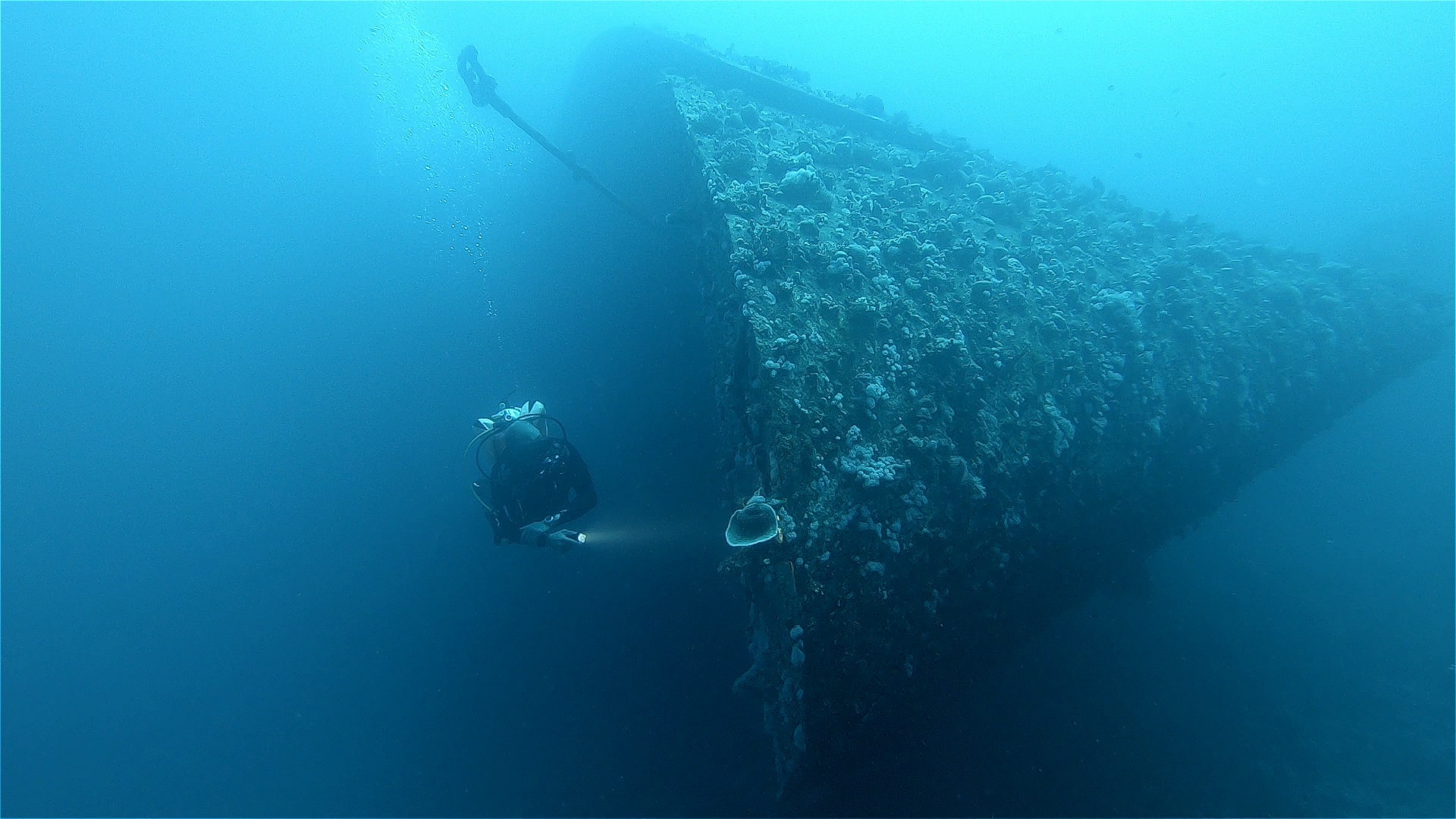
Day three of my trip to Somabay and we were spending the day on the Lady Christina and diving on the wreck of the Salem Express.
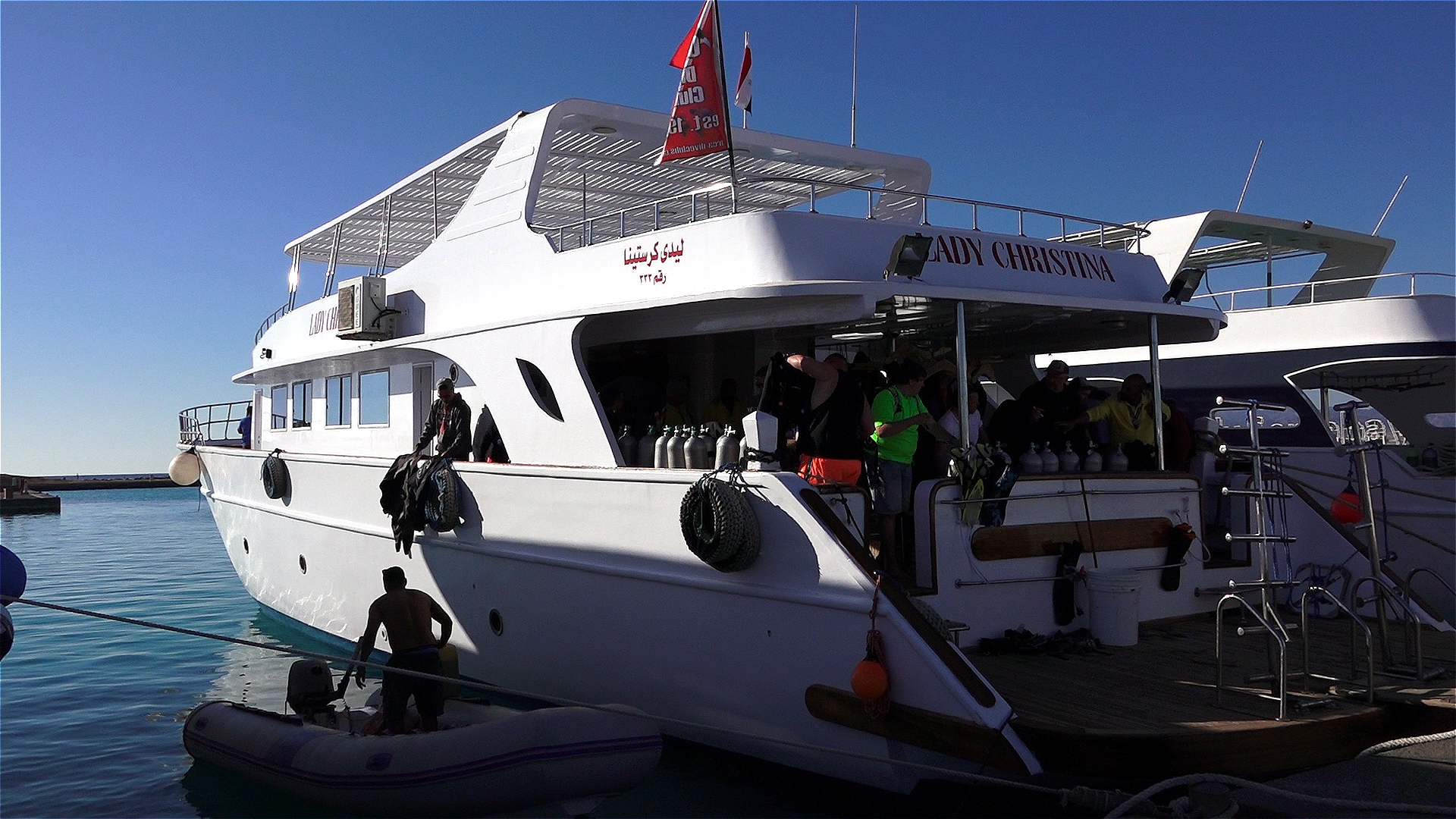
Diving wrecks for me is always one of mixed emotions. The excitement of diving a wreck is more than often tempered by the thought of loss of life when she sank. The Salem Express was a passenger ship and a roll-on/roll-off ferry travelling from Jeddah, Saudi Arabia to Safaga, Egypt. Most passengers were of poor class travelling home from their holidays while around 150 people were returning home from their pilgrimage to Mecca.
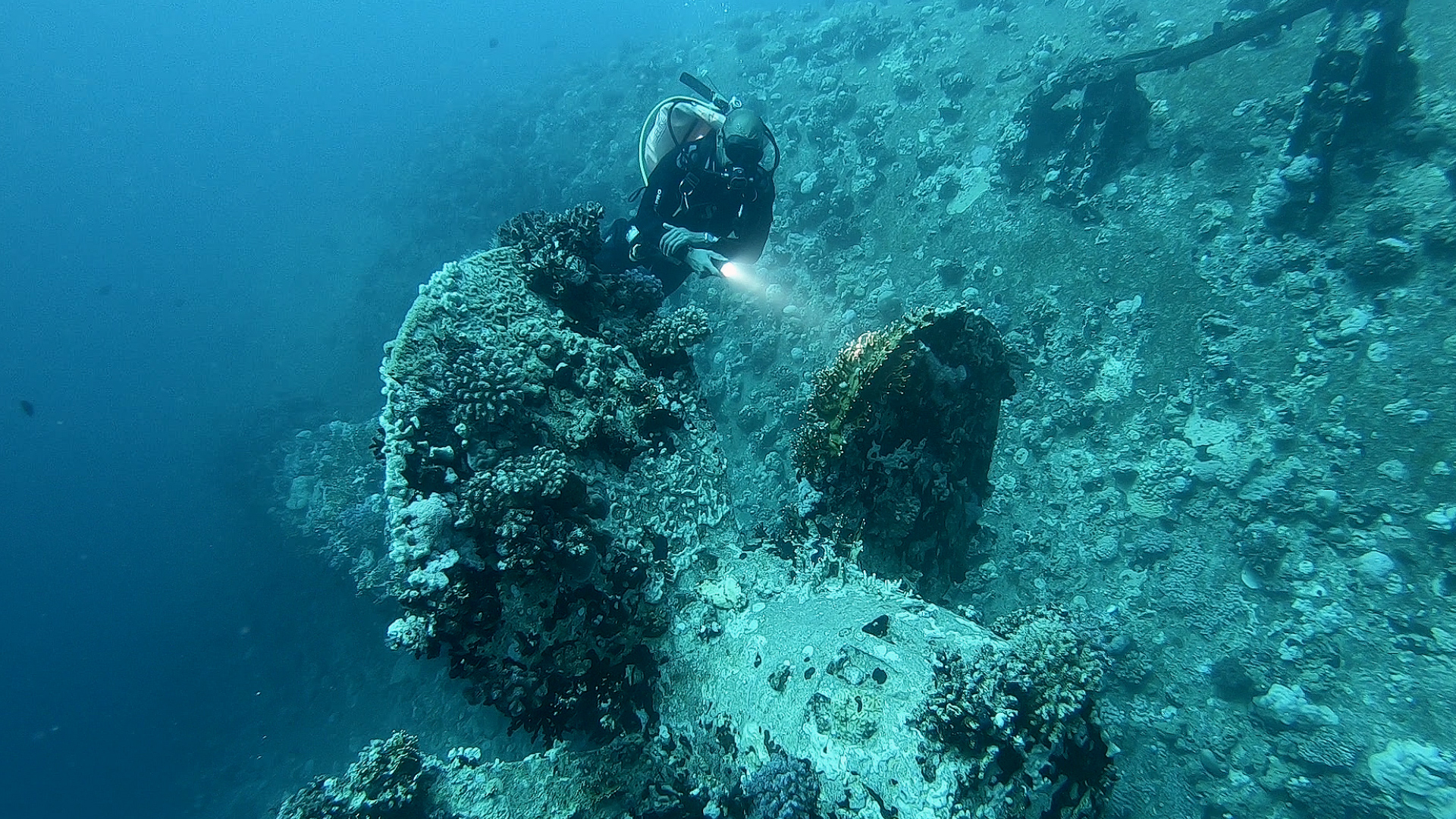
The ship struck a reef and sank within 20 minutes. Passengers were trapped below deck and the ship was filled with fear and panic.
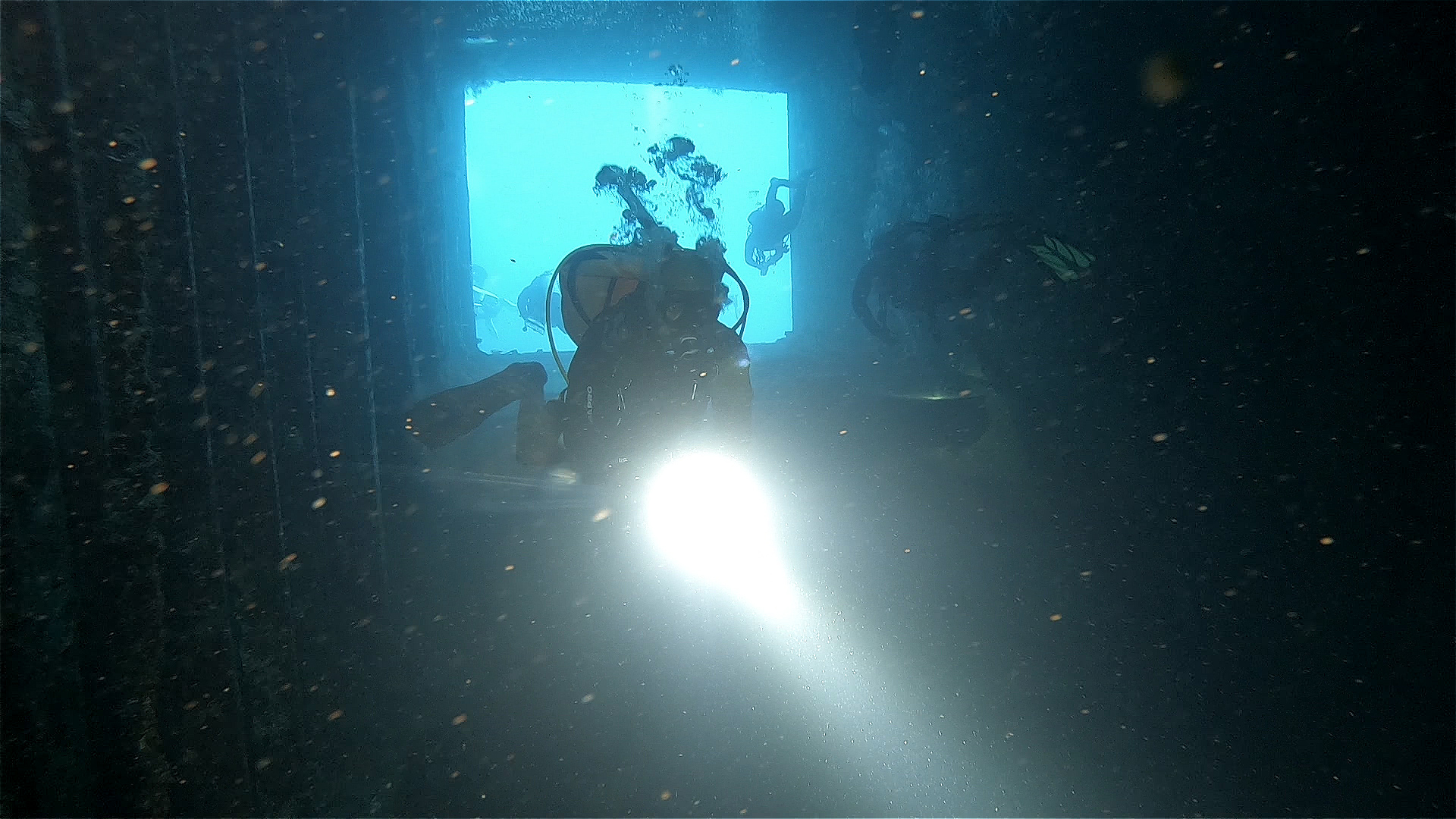
The wreck area is strewn with personal belongings from the crew and passengers such as a transistor radio and a flat iron for clothes. A diver at sometime has put them in a prominent place to be seen.
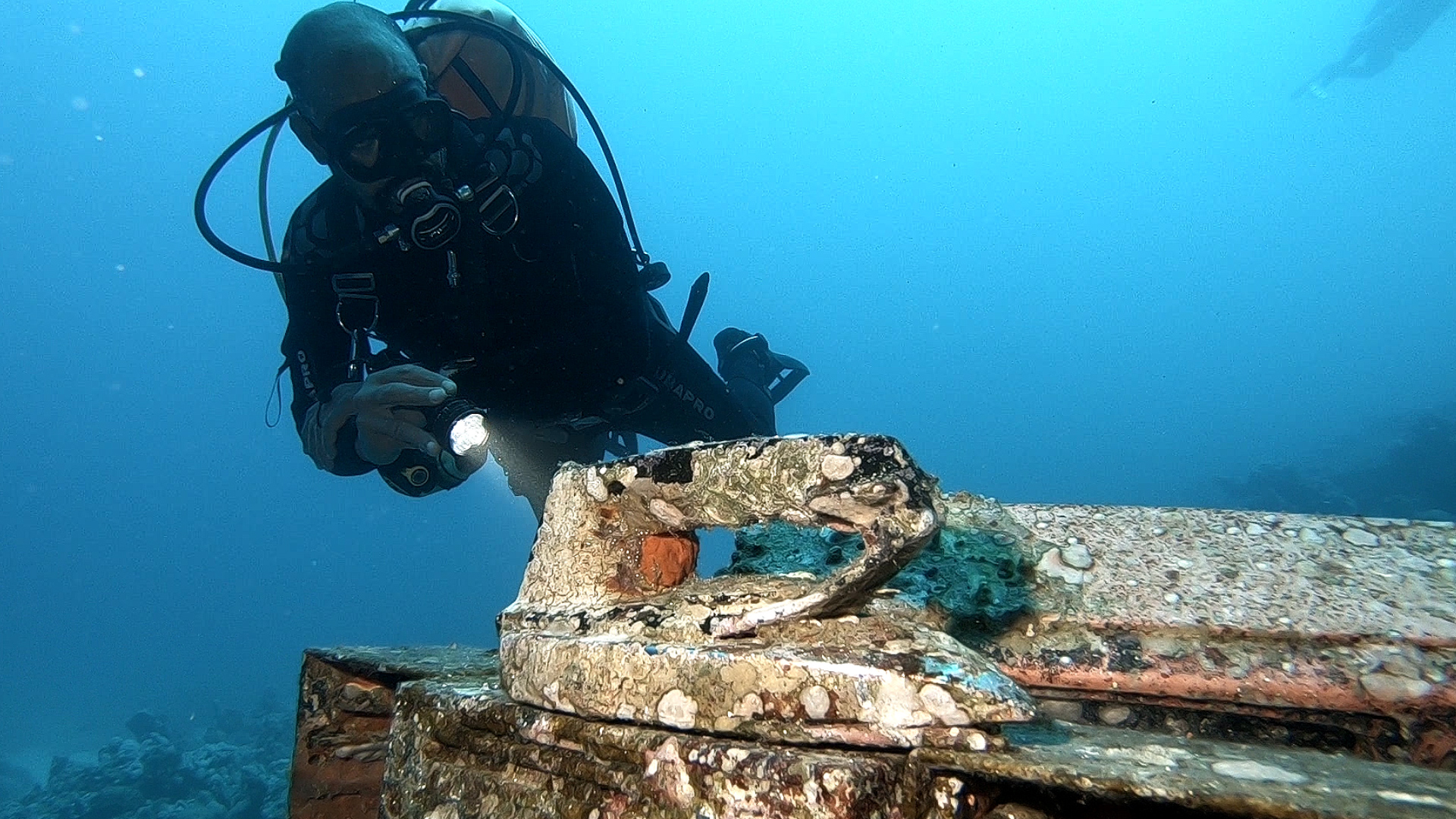
Tragically only one life boat was launched while the others went down with the ship. More than 600 men, women and children lost their lives here.
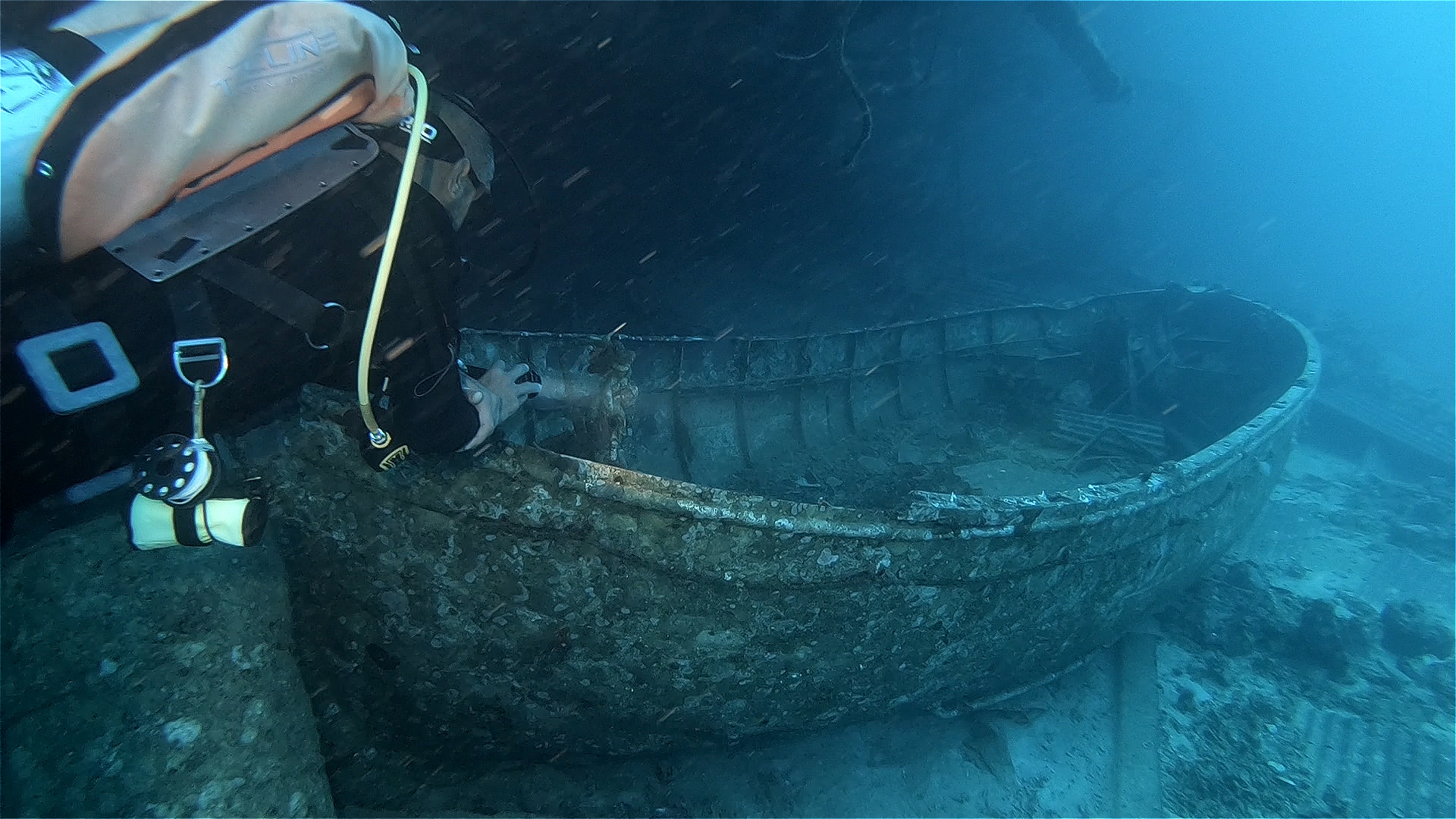
It’s a stark reminder that the sea can be unforgiving and so when we dive on such wrecks we should do so with humble regard.
Returning to the surface, shoals of fish are gathered under our boat and seem to be welcoming us back into the light.
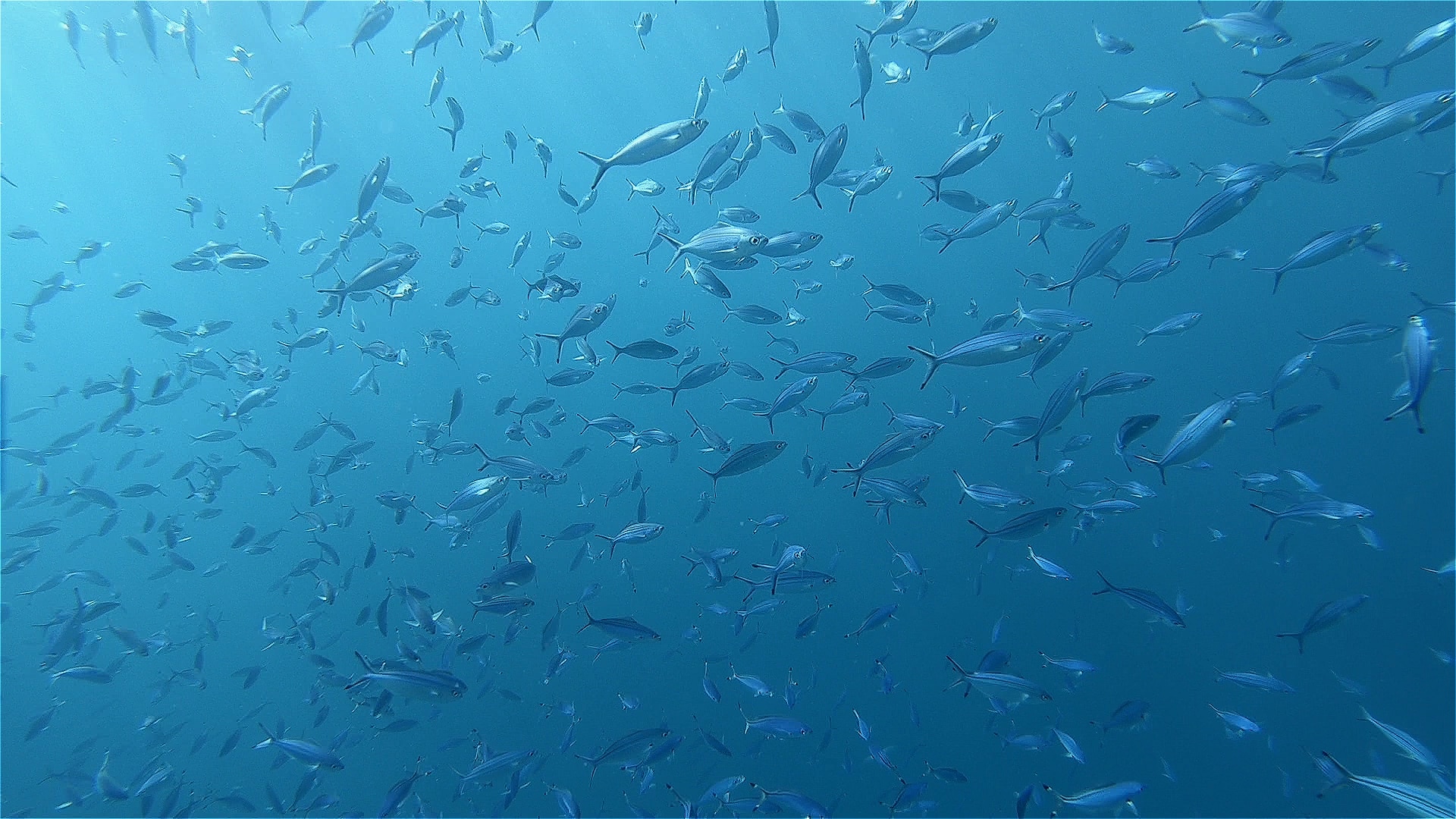
Back at the Breakers I sat in the dining area with a beer and a very good meal while my thoughts still remained with the day’s dive on the Salem Express.
Check in for part 3 tomorrow for Jeff’s last day of diving with Somabay on the off-shore reefs looking for turtles.
Book your next Red Sea dive adventure with SOMABAY! For more information, visit www.somabay.com.
Stay at the Breakers Diving & Surfing Lodge when you visit! For more information, visit www.thebreakers-somabay.com.
Find out more about ORCA Dive Clubs at SOMABAY at www.orca-diveclubs.com/en/soma-bay-en.
-
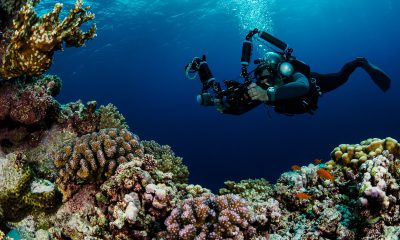
 News3 months ago
News3 months agoHone your underwater photography skills with Alphamarine Photography at Red Sea Diving Safari in March
-
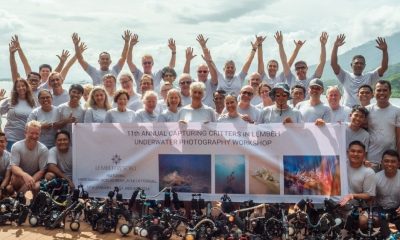
 News2 months ago
News2 months agoCapturing Critters in Lembeh Underwater Photography Workshop 2024: Event Roundup
-
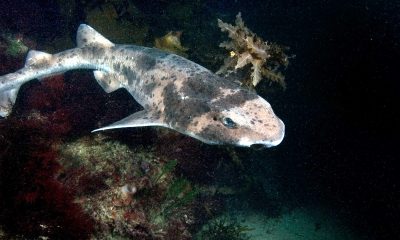
 Marine Life & Conservation Blogs2 months ago
Marine Life & Conservation Blogs2 months agoCreature Feature: Swell Sharks
-

 Blogs1 month ago
Blogs1 month agoMurex Resorts: Passport to Paradise!
-
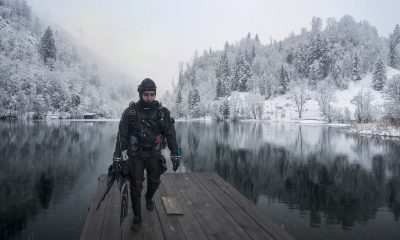
 Gear News3 months ago
Gear News3 months agoBare X-Mission Drysuit: Ideal for Both Technical and Recreational Divers
-
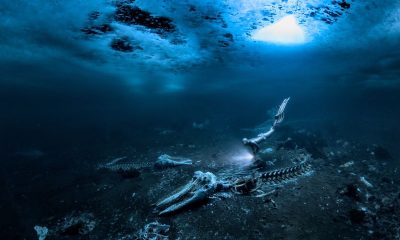
 Blogs2 months ago
Blogs2 months agoDiver Discovering Whale Skeletons Beneath Ice Judged World’s Best Underwater Photograph
-
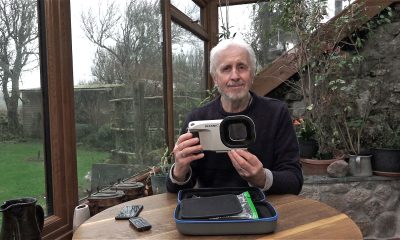
 Gear Reviews2 months ago
Gear Reviews2 months agoGear Review: Oceanic+ Dive Housing for iPhone
-
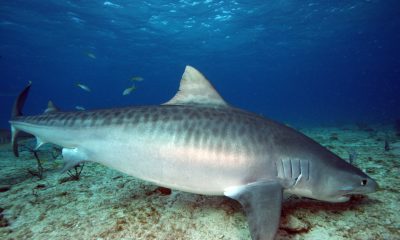
 Blogs3 months ago
Blogs3 months agoThe Thrilling Encounter with Tiger Sharks at Beqa Lagoon’s ‘The Colosseum’ with Coral Coast Divers



